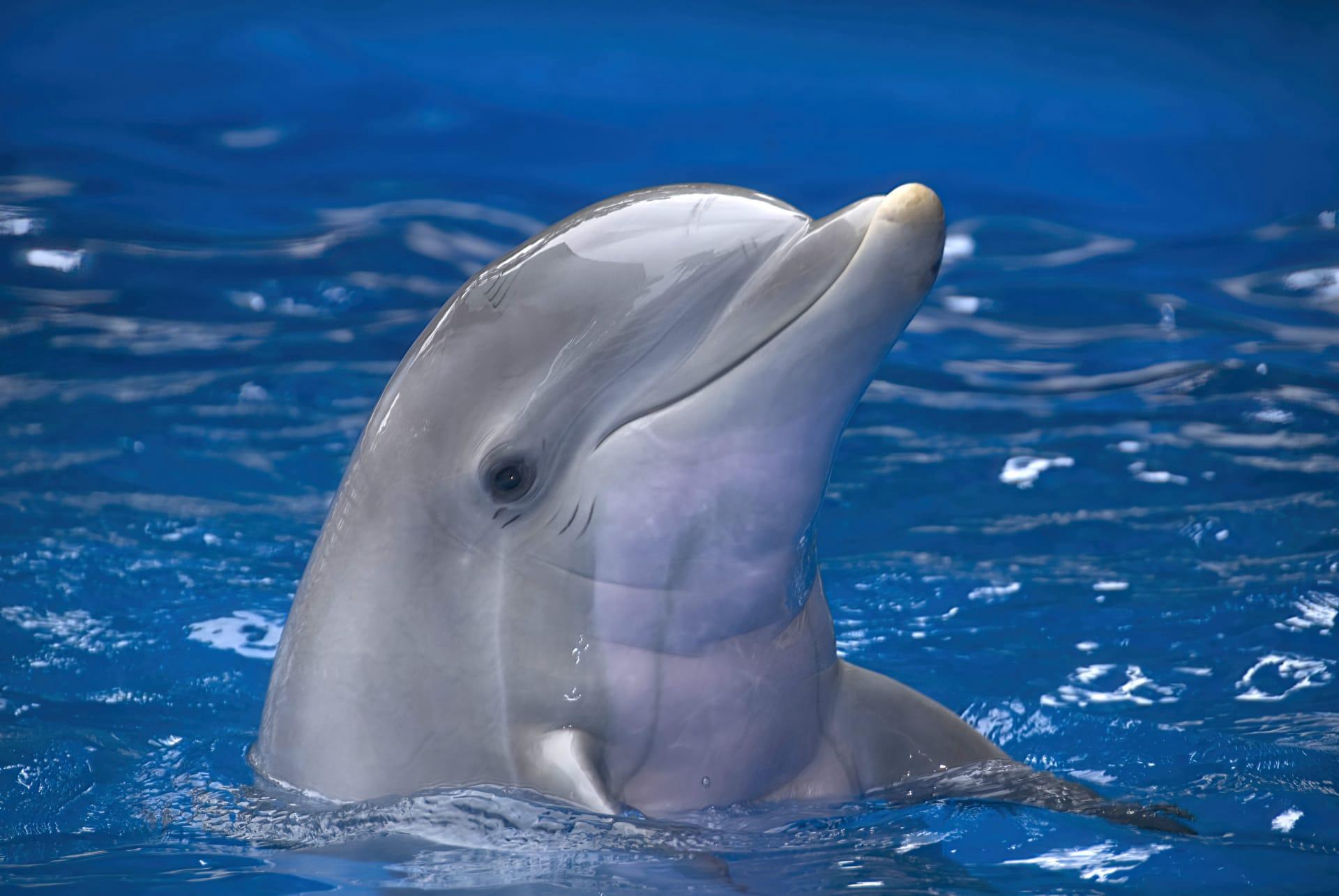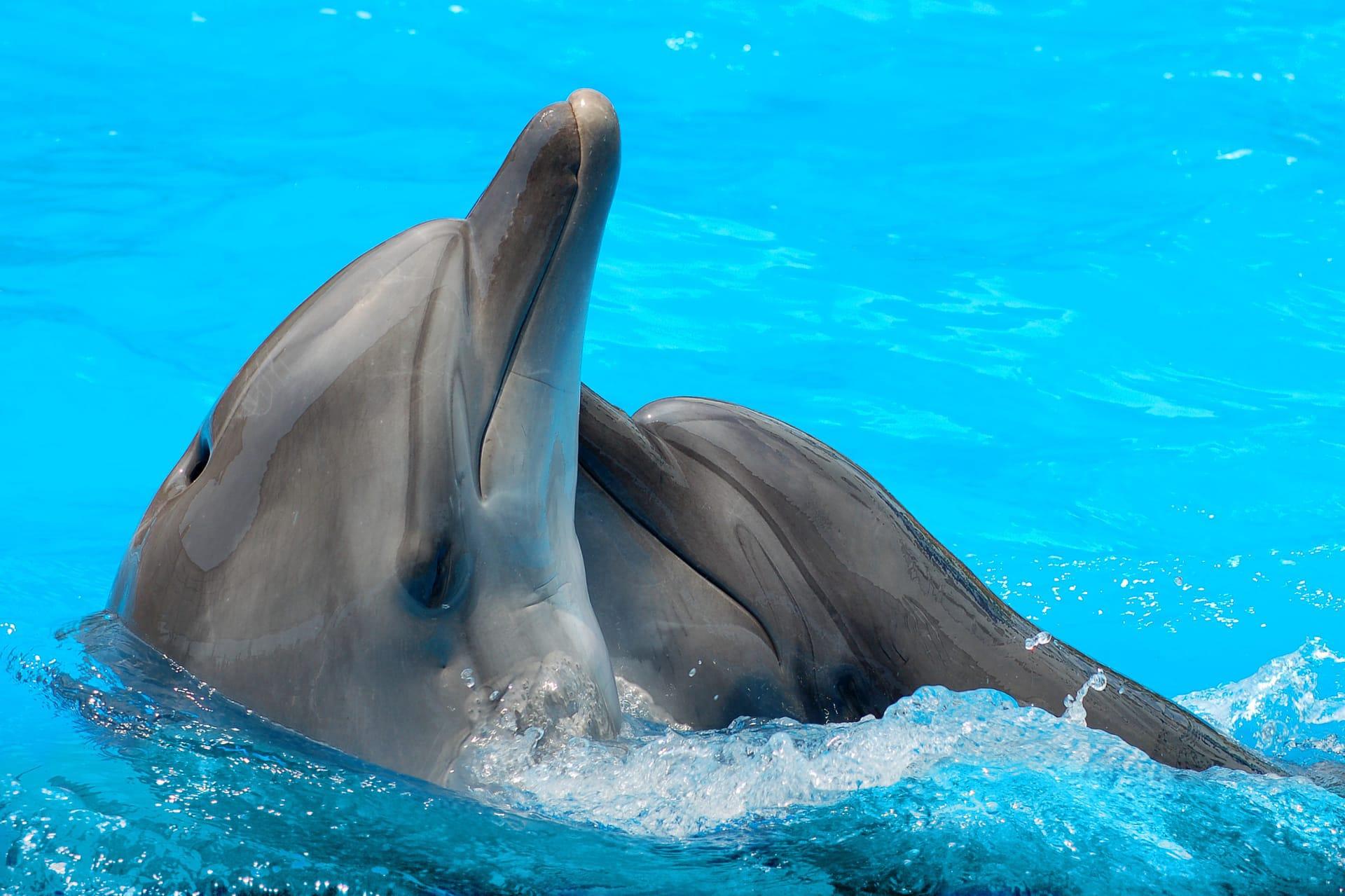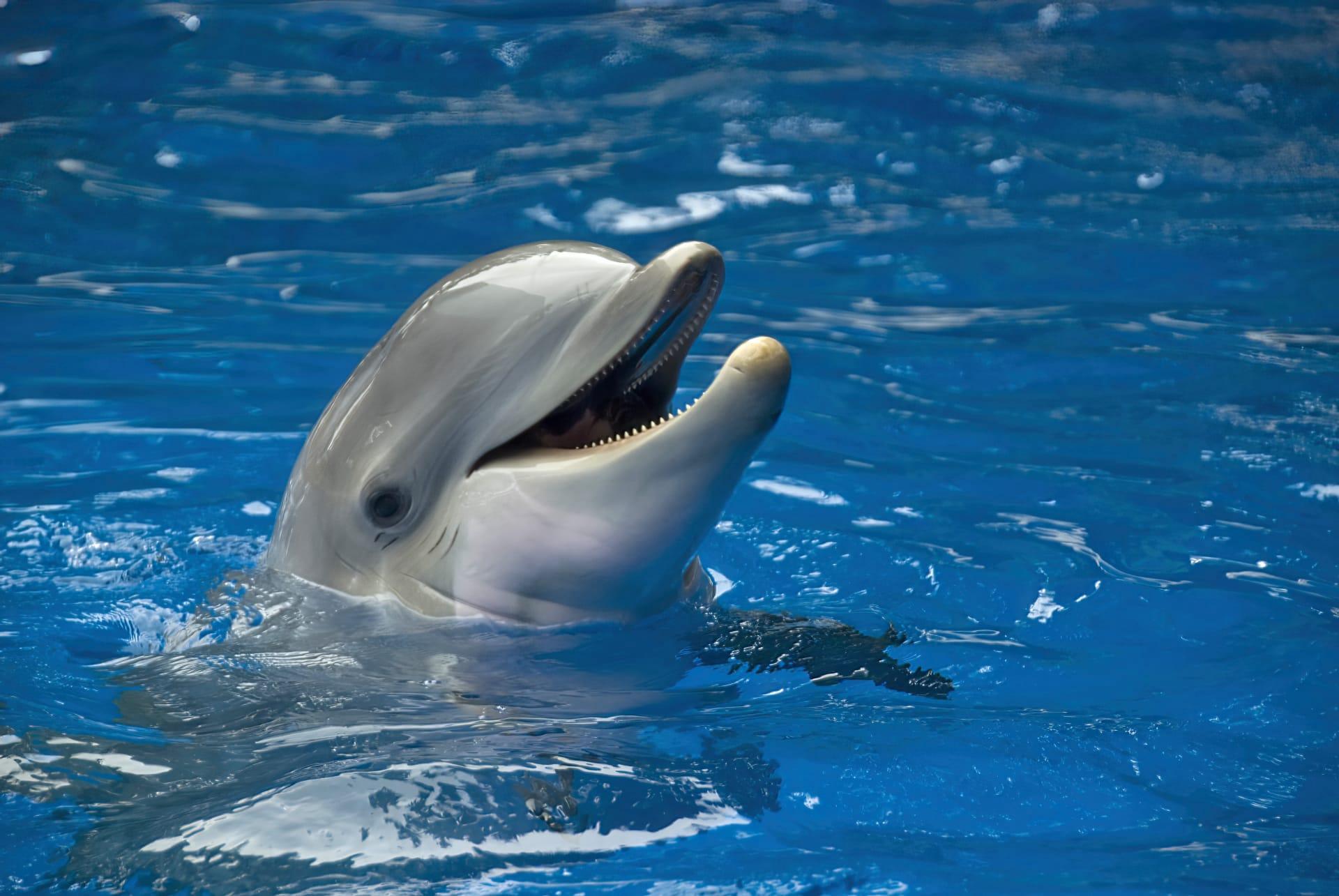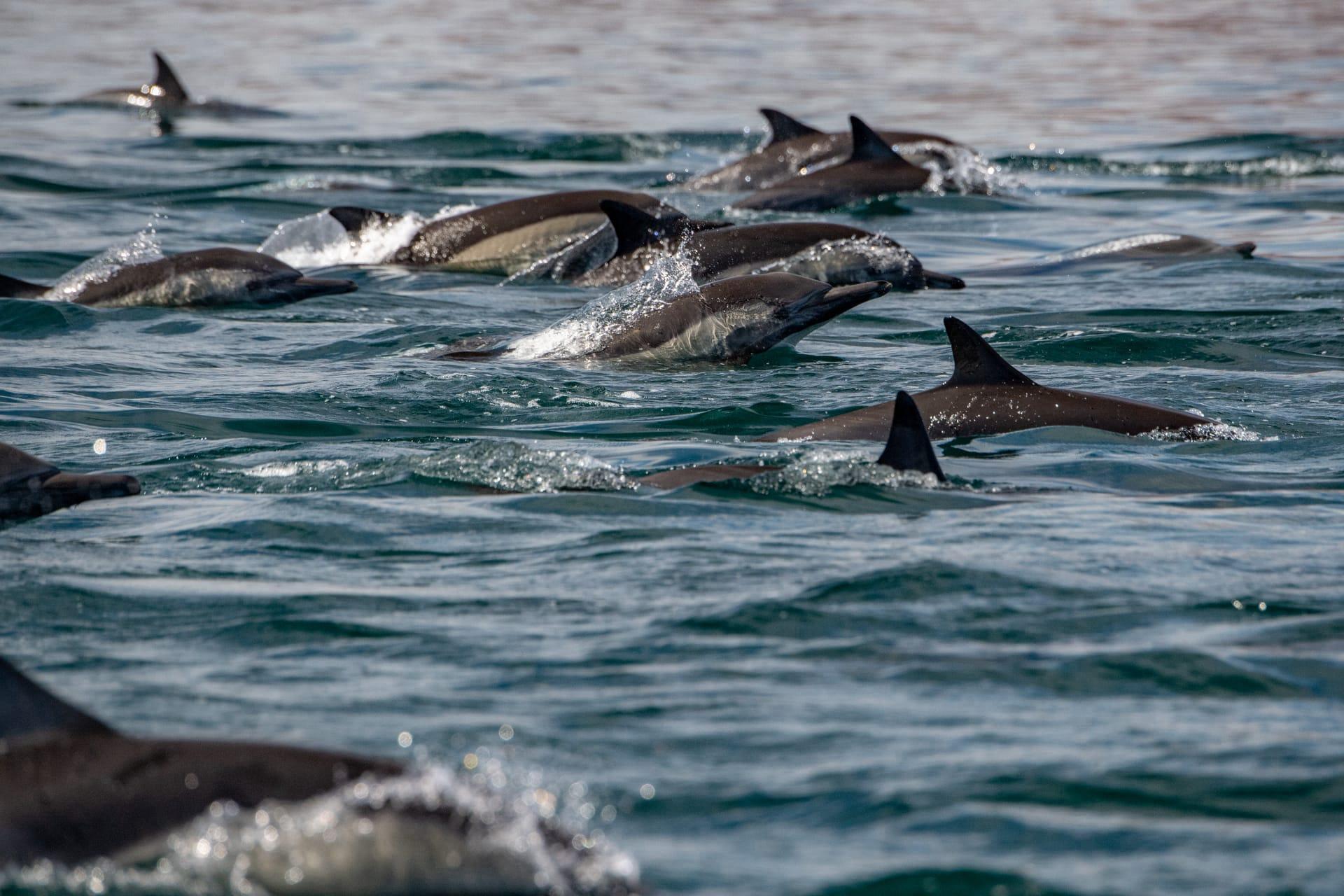Dolphin Characteristics
- Home /
- Mini Encyclopedia /
- Animal /
- Dolphin Characteristics
1
Dolphins, these sleek and graceful creatures of the sea, have always fascinated us with their intelligence and playfulness. Let's dive into their world, starting with their physical characteristics. Typically, dolphins range from 6 feet to over 12 feet in length, depending on the species. For instance, the common Bottlenose Dolphin measures around 6 to 13 feet long. They weigh anywhere from 260 pounds to a whopping 14,000 pounds! Now, when it comes to their lifespan, dolphins can live quite a long time. In the wild, they usually live for about 30 to 50 years. Some species, like the Orca, which is actually a type of dolphin, can live up to 90 years!
One of the most remarkable organs in a dolphin is its brain. Dolphins have large, complex brains that are not only big for their body size but also packed with more folds than the average mammal brain. This increased surface area allows for greater cognitive abilities. Dolphins use their brains for various tasks such as social interaction, problem-solving, and echolocation. Echolocation is a fascinating skill where dolphins emit sound waves that bounce off objects, helping them navigate, hunt, and understand their environment in the murky depths of the ocean. This ability is not just a mere sense but a sophisticated biological sonar system, setting dolphins apart in the animal kingdom.

2
Question: Can dolphins communicate with each other?
Answer: Yes, dolphins are renowned for their ability to communicate. They use a complex mix of vocalizations, body language, and even echolocation clicks. Each dolphin has a unique whistle that acts like a name, allowing them to call and identify each other. These sounds vary in frequency, amplitude, and duration, conveying different messages. Dolphins also use body language, such as leaping from the water or slapping their tails on the surface, to communicate. This combination of sounds and movements makes dolphin communication one of the most sophisticated in the animal kingdom, enabling them to coordinate hunting, navigate, and maintain social structures.

3
Moving swiftly through the ocean, dolphins are known for their agility and speed. They can reach speeds of up to 20 miles per hour! This is thanks to their streamlined bodies and powerful tails, which they move up and down to propel themselves through the water. Unlike fish, who swish their tails side to side, dolphins' vertical tail movement is unique and incredibly efficient. They can also leap out of the water, a behavior known as breaching, which is thought to be a way of communication or to remove parasites.
When it comes to feeding, dolphins are skilled hunters. They eat a variety of prey, including fish, squid, and crustaceans. Some species like the Bottlenose Dolphin have been observed using remarkable hunting techniques. For instance, they can use their tails to create underwater mud rings to trap schools of fish. They also use echolocation to locate their prey in the dark waters. Dolphins often hunt in groups, coordinating their movements to herd fish into tight balls for easy feeding.

4
Dolphins inhabit a wide range of environments across the world's oceans, from shallow coastal waters to the deep open sea. They are mostly found in warmer waters but can adapt to various marine environments. Some species, like the Bottlenose Dolphin, are widespread and inhabit various marine environments including estuaries, bays, and open ocean. The diversity in their habitats shows their adaptability and versatility in different marine ecosystems.
In terms of reproduction, dolphins have a fascinating life cycle. They give birth to live young, usually one calf at a time, after a gestation period of about 12 months. The mothers are incredibly nurturing, often seen guiding and protecting their calves. The young dolphins stay with their mothers for several years, learning vital survival skills including hunting techniques and social interactions. This prolonged parental care ensures that the calves grow up to be well-adapted members of their pods.

5
Book: "The Dolphin in the Mirror: Exploring Dolphin Minds and Saving Dolphin Lives" by Diana Reiss is an eye-opening journey into the world of dolphins. Published in the United States in 2011, it unveils the intelligence and emotional depth of these creatures. Reiss, a renowned marine mammal scientist, shares her groundbreaking research in dolphin communication, revealing how they use mirrors to recognize themselves, a trait previously thought unique to humans and great apes.
Book: "Voices in the Ocean: A Journey into the Wild and Haunting World of Dolphins" by Susan Casey, released in 2015 in the United States, delves into the mysterious and enchanting world of dolphins. Casey combines adventure, science, and a deep passion for these charismatic creatures, exploring their complex social networks, extraordinary intelligence, and the challenging issues they face due to human activities. Her narrative takes the reader on a global journey, from the Bahamas to Japan, uncovering the multifaceted relationship between humans and dolphins.